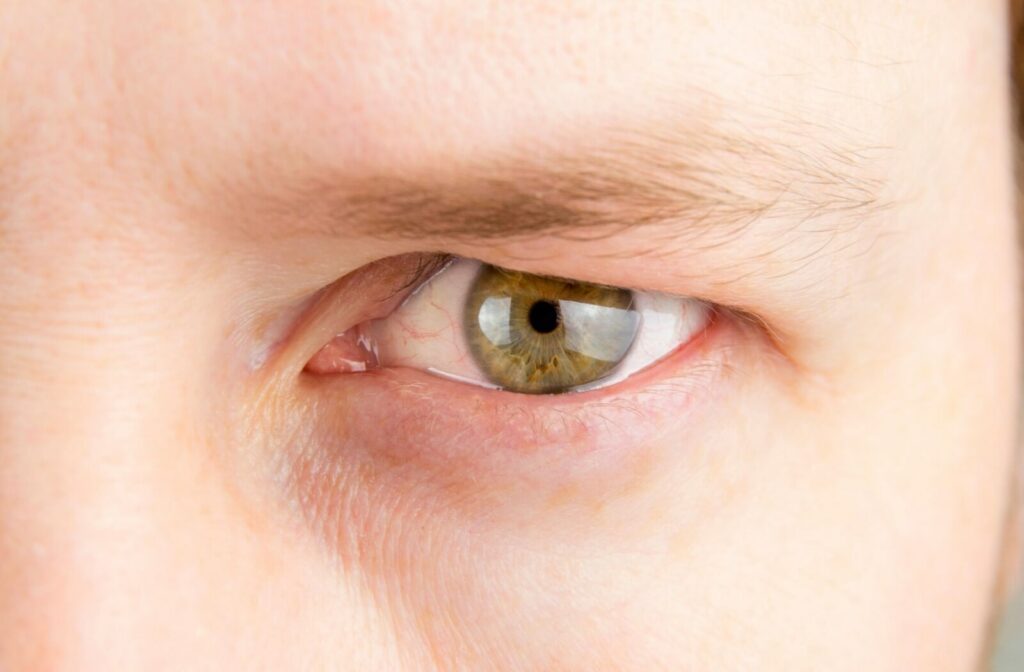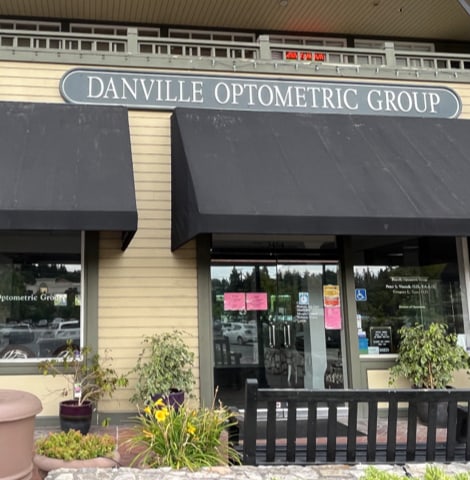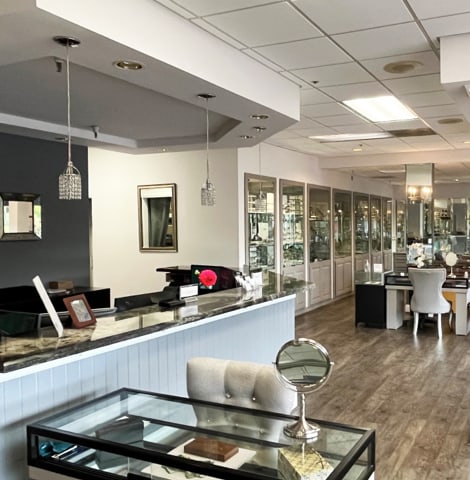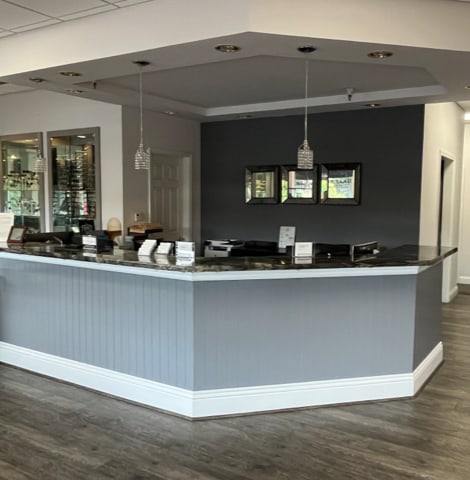Droopy eyelids (also called ptosis) can be more than just a cosmetic concern. They are a natural part of aging for some, but they may lead to vision issues or self-consciousness for others. Whether you’re noticing a slight sag or have been grappling with more severe ptosis, there are several ways to raise droopy eyelids, including:
- Eye drops
- Eyelid exercises
- TriLift by Lumenis
- Various surgical solutions
Like anything related to our bodies and health, there are rarely one-size-fits-all solutions. So, the first step to fixing your drooping eyelids is scheduling an appointment with your eye doctor. They can examine your eyes and eyelids, review your needs, and offer tailored advice.
What Causes Droopy Eyelids?
Before we jump into solutions, it helps to understand why droopy eyelids occur.
Aging
A common cause of droopy eyelids is aging. Over time, the muscles that hold up the eyelids can weaken, and the skin can lose elasticity, causing the lids to sag. This gradual change is entirely natural but can have functional or cosmetic consequences.
Genetics
Sometimes, ptosis can run in families. If your parents or grandparents had droopy eyelids, you might experience the same. Congenital ptosis is another form of inherited droopy eyelids.
Medical Conditions
Certain medical conditions can result in droopy eyelids. These include:
- Neurological disorders, like myasthenia gravis or Horner’s syndrome, that affect nerve and muscle functions.
- Trauma or injury that damages the eyelid or surrounding muscles.
- Tumors or growths near the eye that interfere with normal eyelid movement.
Non-Surgical Treatments for Droopy Eyelids
The good news is that not all cases of droopy eyelids require surgery. Some issues can be managed with less invasive methods.
Eye Drops for Ptosis
Certain prescription eye drops are designed to temporarily lift eyelids by stimulating the muscles responsible for raising them. These can improve eyelid elevation for hours, making them a great short-term solution for events or daily use.
Eyelid Exercises
While exercises won’t completely reverse ptosis, they may help strengthen the levator muscles. Some simple practices include:
- Blinking exercises: Blink quickly for 30 seconds, rest, and repeat.
- Resistance training: Place a clean finger above your eyelid while attempting to close it against light resistance.
While these methods may not work for everyone, they can provide minor, gradual improvements, especially in mild cases or as part of a maintenance routine.
How triLift by Lumenis Can Help with Drooping Eyelids
For those seeking a non-surgical solution to address drooping eyelids, triLift by Lumenis offers an effective approach.
This advanced aesthetic treatment stimulates facial muscles and improves skin appearance, delivering a natural, lifted look. By targeting muscle activity and enhancing skin tone, triLift can help reduce the appearance of sagging eyelids, providing a more youthful and refreshed appearance.
The procedure is safe, non-invasive, and requires minimal downtime, making it an excellent option for individuals looking to rejuvenate their facial features without surgery. Contact us to see if triLift by Lumenis is an option for you.
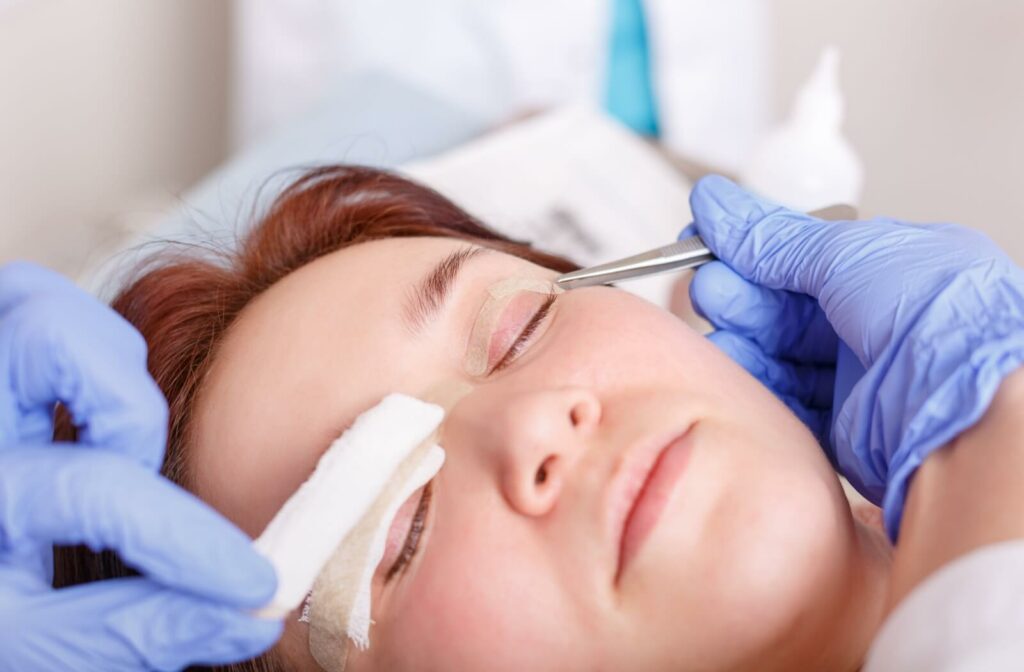
Surgical Options for Droopy Eyelids
When non-surgical treatments don’t produce the desired results, or if your ptosis is severe, surgical interventions may be the best choice. Here are some popular techniques performed by medical professionals:
Blepharoplasty
Blepharoplasty, or eyelid surgery, is an effective and commonly performed procedure for treating droopy eyelids. During this surgery:
- Excess skin, fat, or tissue is removed from the upper eyelids
- The levator muscle may be tightened to improve eyelid elevation
This procedure can restore eyelid function and rejuvenate overall appearance, making it an excellent choice for some people.
Ptosis Repair Surgery
Unlike blepharoplasty, which primarily addresses aesthetics, ptosis repair focuses on fixing the muscles that control the eyelid. This ensures that your eyelids will work properly and look natural.
Tips for Preventing Droopy Eyelids
Though some causes of droopy eyelids (like genetics and aging) are unavoidable, you can minimize your risk and maintain eyelid health.
Protect Your Skin from UV Damage
Always wear sunglasses with UV protection and sunscreen around your eyes. This small step can prevent premature skin aging and loss of elasticity. This extra protection also helps prevent skin cancer in the sensitive skin around your eyes.
Follow a Healthy Lifestyle
A generally healthy lifestyle is good for your entire body, but a few specific skin-related considerations are:
- Stay hydrated to maintain skin elasticity
- Avoid smoking, which can speed up skin aging
- Get adequate sleep to help prevent puffiness and sagging in the eye area
Remove Makeup Gently
Aggressive scrubbing or tugging when removing makeup can weaken the delicate skin around your eyes. To prevent unnecessary damage, use a soft cotton pad and oil-based remover.
Use Skincare
Invest in high-quality eye creams or serums enriched with collagen-boosting ingredients like peptides, retinol, and hyaluronic acid.
Regular Eye Check-Ups
Underlying medical conditions, like myasthenia gravis, are better treated when caught early. Schedule regular eye examinations with your eye doctor to keep your eyes and eyelids healthy.
Take Charge of Your Eyelid Health
Droopy eyelids can impact your vision, confidence, and overall quality of life—but they’re not something you have to live with permanently. Whether you opt for non-surgical treatments or explore surgical options, the key is to know your body, seek professional advice, and take early action.If you’re considering treatment and want more personalized insights, call our experienced team at Danville Optometric Group today to schedule an appointment. One of our experienced eye doctors can examine your eyes and eyelids and offer tailored advice for effective treatment options.


